As the renewable energy sector matures, asset owners are increasingly investing in advanced technologies that protect their solar, wind, and battery assets. Investments are being made into thicker glass photovoltaic modules to prevent hail damage, advanced hail stow systems that better weather hail and wind events, and sophisticated vegetation management protocols that prevent brushfire. Yet, many find themselves asking a familiar question: “We’re doing all the right things from a technology standpoint, but where’s the insurance credit for our efforts?”
Technology is only one part of the resilience equation; how a renewable energy site actually operates and maintains its assets is just as important as the equipment itself. While the industry has focused heavily on equipment specifications and design standards, it is the human element that determines whether resilient technologies actually deliver their intended protections.
Consider hail mitigation as an example. An asset owner might invest in 3.2mm tempered glass modules and state-of-the-art tracking systems capable of 75-degree hail stow. From a technology perspective, this represents best-in-class resilience. But, does the site effectively execute proper stow protocols when severe weather threatens? Are operators monitoring weather alerts 24/7, or do they have automated programs or third-party experts that do so? Do they have redundant notification systems or overrides in place? More importantly, can they prove it?
The missing piece is often demonstrating that the technology is being used correctly and consistently. This behavior-versus-technology disconnect affects virtually every aspect of renewable energy risk management – from vegetation management to battery system monitoring to equipment maintenance protocols.
The renewable energy insurance market is beginning to adopt a premium differentiation model, where underwriters give credit to best-in-class assets that can prove their resilience towards damaging hail, hurricane, wind, and fire risks. However, these same underwriters want to see evidence of proactive damage prevention rather than reactivity. This means moving beyond equipment specifications to document actual operational performance.
Comprehensive documentation is perhaps the most critical element in demonstrating resilient behavior to brokers and insurers. Historically, the solar industry has not issued standardized guidelines on documenting and sharing ongoing operational practices like hail stow logs. Often times these practices aren’t visible to underwriters. For asset owners, it is important to keep several key considerations in mind:
Hail Stow Execution: Stow refers to tilting solar modules to a high degree angle to reduce the risk of hail or wind damage. Having hail stow capability is only the beginning. Ensure that historical stow logs show successful execution during weather events, documentation of testing protocols, and evidence of redundant alert systems. Some forward-thinking asset owners are now providing reports showing every weather event logged where stow was triggered, creating a track record of operational reliability.
Vegetation Management: While many sites have vegetation management plans, the quality and execution vary dramatically. Best-in-class operators maintain detailed logs of vegetation control activities, implement proactive monitoring around critical equipment like inverters and transformers, and coordinate closely with local fire departments. The difference between a routine mowing schedule and a comprehensive fire prevention program can be substantial from an insurance perspective.
Equipment Maintenance: Robust operations and maintenance (O&M) protocols go beyond scheduled maintenance to include predictive monitoring, rapid response capabilities, and comprehensive spare parts programs. Asset owners who can demonstrate systematic equipment monitoring with documented response times and resolution rates present a reduced risk profile versus those demonstrating basic maintenance controls.
Emergency Response: Whether dealing with severe weather, equipment failures, or fire risks, having documented emergency response protocols with evidence of staff training and coordination with local response authorities demonstrates operational excellence.
Effective documentation for the above may include:
- Operational logs showing equipment performance, maintenance activities, and response times
- Weather event records documenting stow execution and system performance during severe conditions
- Training records for operations staff and emergency response protocols
- Vendor management showing quality control measures for contractors and service providers
- Performance metrics tracking availability, response times, and operational KPIs
The challenge for many asset owners is guaranteeing insurers can see and understand the operational excellence beyond just equipment specifications. This is where systematic data collection and reporting becomes essential for translating operational excellence into insurance value.
Insurance Value
For asset owners wondering whether operational excellence translates into tangible insurance benefits, the answer is increasingly yes, when properly documented and communicated. Insurance markets are beginning to develop more sophisticated approaches to pricing resilience that account for both technology and behavior.
For one insured, the benefit of providing a well-documented stow procedure resulted in a 40% reduction in their account’s quoted Natural Catastrophe rate. The procedure included automation with 24/7 human monitoring and multiple stow contingency plans. The supporting documentation outlined each project’s specific stow procedures, the technology and weather monitoring tools being utilized, as well as the protocol to follow in the event the primary stow plan failed.
Another insured received a 25% discount in attritional rating across their portfolio as a direct result of their well demonstrated O&M practices and superior asset management. The best-in-class asset management was supported by a favorable loss history for an account with over 200 locations and a variety of O&M contractors.
The tangible benefits for well documented operational excellence go beyond just premium rate reductions. For example, a well-documented flood mitigation plan and site design can be the difference between insurance markets extending flood coverage for a given location or potentially excluding coverage altogether. In other instances, the benefits can be seen through larger line size capacity offerings, lower deductibles, or increased natural catastrophe sublimits to help insureds meet their lender required coverages.
The path forward involves three key elements.
- Investing in appropriate hardening technology
- Developing robust operational protocols to utilize that technology effectively
- Implementing documentation systems that, when shared, allow insurers to assess and price operational risks properly
As the renewable energy sector matures, the gap between the best-practice operators and average performers will likely widen. Insurance markets will continue developing more sophisticated tools to identify and reward operational excellence, creating competitive advantages for asset owners who demonstrate true resilient behavior.
By Garvin Jones, kWh Analytics, and Amanda Lania, CAC Specialty
The views and opinions expressed in this article are the author’s own, and do not necessarily reflect those held by pv magazine.
This content is protected by copyright and may not be reused. If you want to cooperate with us and would like to reuse some of our content, please contact: editors@pv-magazine.com.

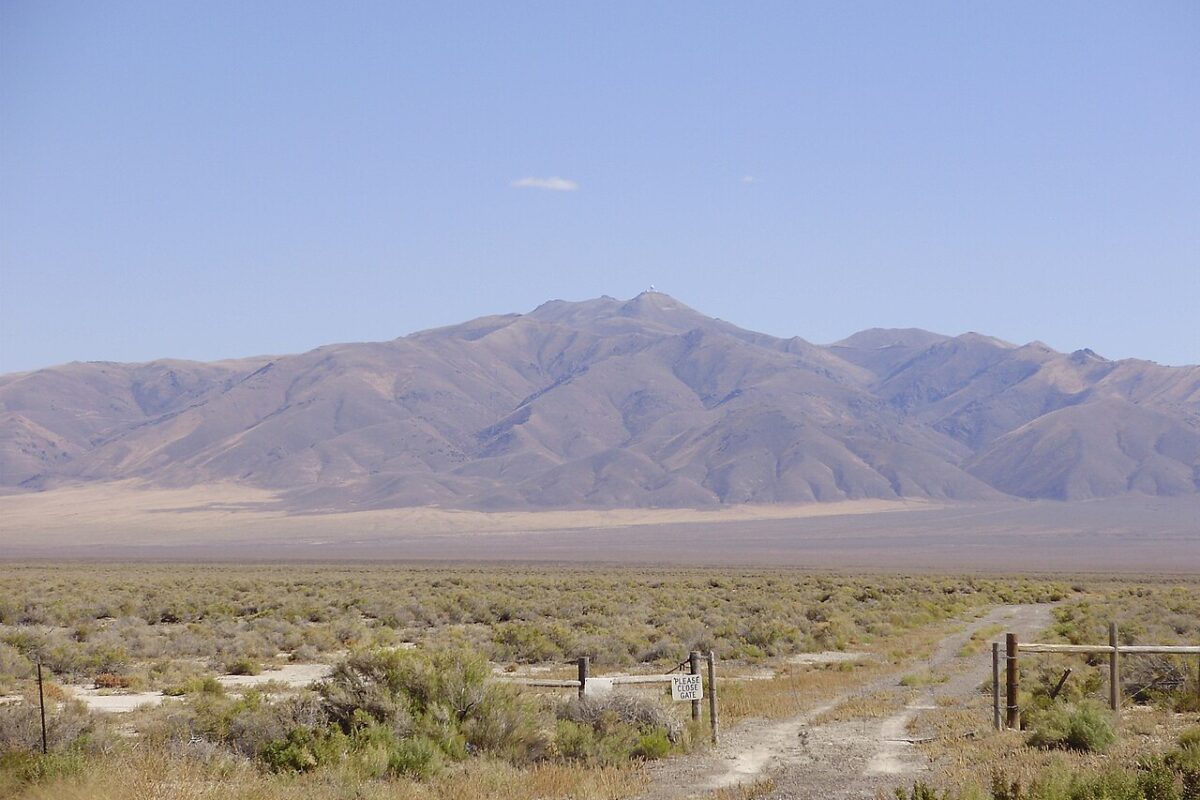

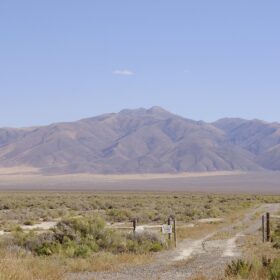
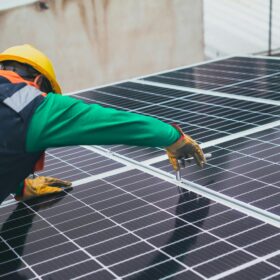

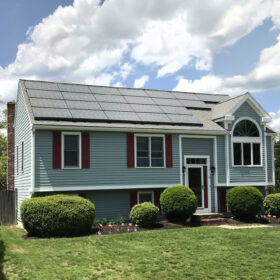
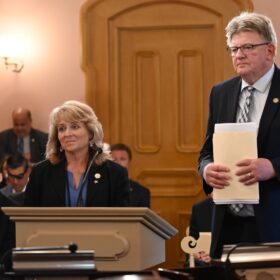
By submitting this form you agree to pv magazine using your data for the purposes of publishing your comment.
Your personal data will only be disclosed or otherwise transmitted to third parties for the purposes of spam filtering or if this is necessary for technical maintenance of the website. Any other transfer to third parties will not take place unless this is justified on the basis of applicable data protection regulations or if pv magazine is legally obliged to do so.
You may revoke this consent at any time with effect for the future, in which case your personal data will be deleted immediately. Otherwise, your data will be deleted if pv magazine has processed your request or the purpose of data storage is fulfilled.
Further information on data privacy can be found in our Data Protection Policy.